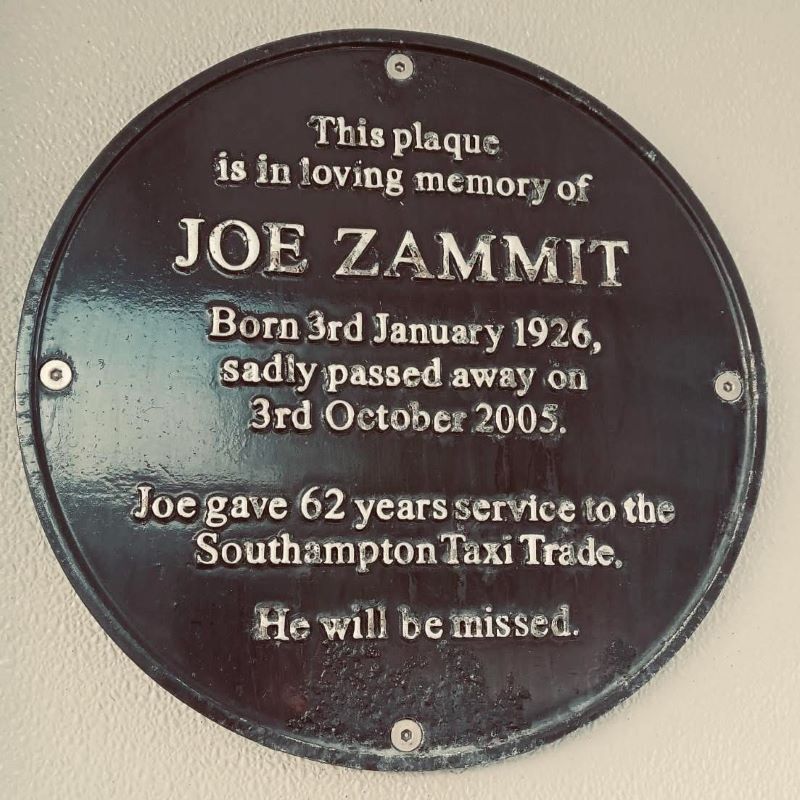People often say that one of the things they value most about Southampton is its diversity.
Being a port, Southampton has a long history of accepting other people and cultures.
Medieval Huguenot and Walloon refugees were allowed by Elizabeth 1 to use St Julien’s in Winkle Street as a place for Protestant worship from 1567.
Around 4,000 Basque children escaping the Spanish Civil War were brought to Southampton on the SS Habana in May 1937 and stayed until that September. The flags and bunting that had been put up for the coronation of King George VI on 12th May were left up as a welcome. A bell tent camp was set up in North Stoneham for them. It remains the largest single arrival of refugees in British history. There is a plaque outside the Art Gallery/Central Library entrance.
Some Maltese settled here after World War 2. They included Joe Zammit who drove a taxi for 62 years. He has a plaque in the taxi shelter opposite the Central Train Station.
Falkland Islanders have come to Southampton often for further education, NHS services or to settle. After the 1961 volcano eruption in Tristan da Cunha around 264 were brought 6,000 miles from the remote South Atlantic Island to be housed in the former RAF base at Calshot. Tristan Close remains there to this day.

People from the Caribbean and Asia arrived from the mid-20th century.
Shebeens or ‘Blues Parties’ were popular from the 1960’s to the 1980’s in the Derby Road and Newtown area. They were cosmopolitan, late night party houses where you could drink, eat, socialise and listen to sound systems playing reggae music.
The city has a rich variety of international cuisine. Now sadly closed, Lakaz Maman in Bedford Place, was a Mauritian restaurant run by MasterChef winner, Shelina Permaloo. The Dancing Man Brewery is set in the medieval Wool House building and there you can savour award-winning beers and good food.
Many older Sotonians still enjoy the lardy cake local delicacy, from bakeries such as Biglands in St Mary’s Street where bread has been baked since 1889.
And, if your preference is for traditional steak pies ,then Plesteds pies still operate with shops in Shirley High Street and Bitterne Park Triangle.
- In Common is not for profit. We rely on donations from readers to keep the site running. Could you help to support us for as little as 25p a week? Please help us to carry on offering independent grass roots media. Visit: https://www.patreon.com/incommonsoton

